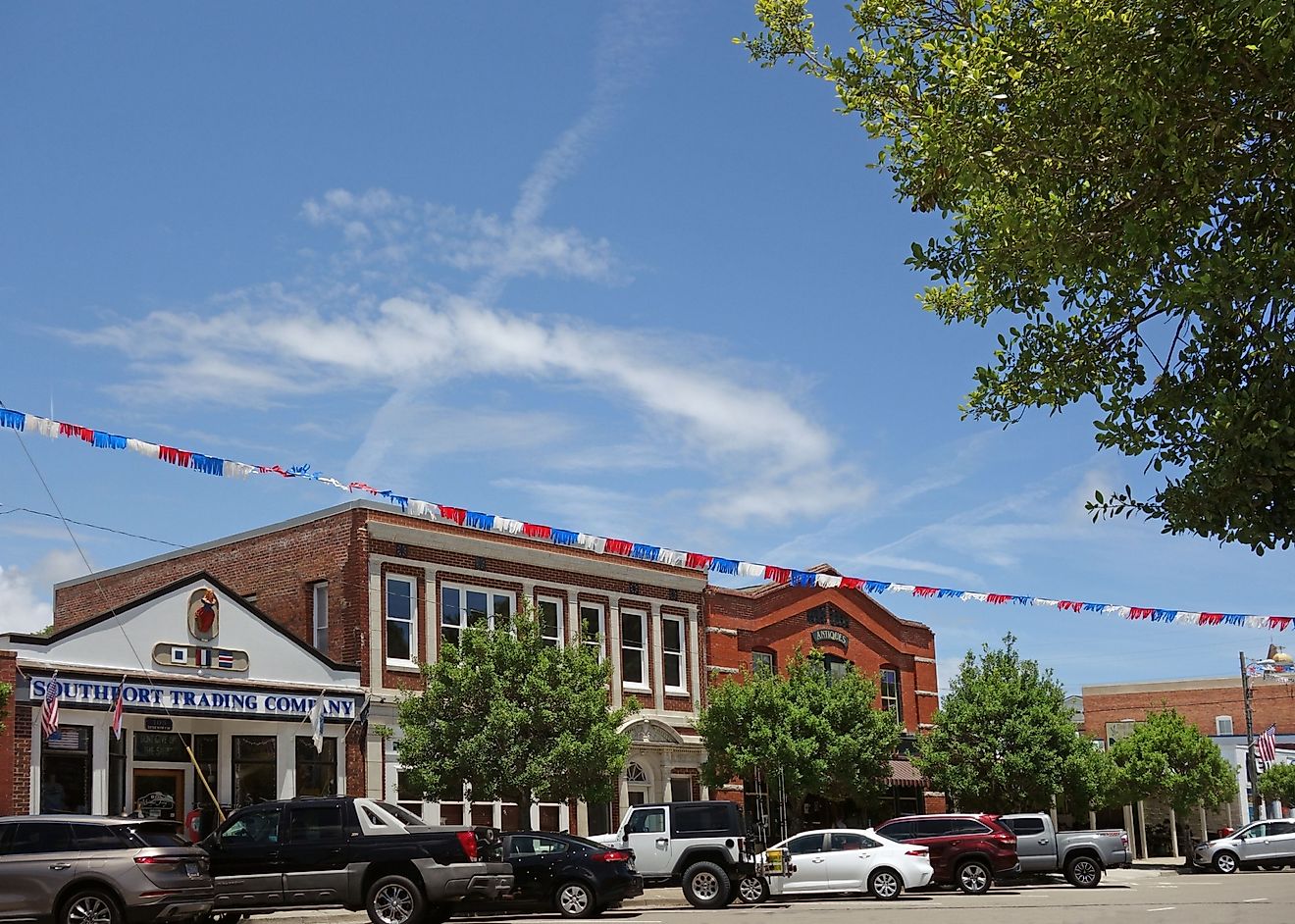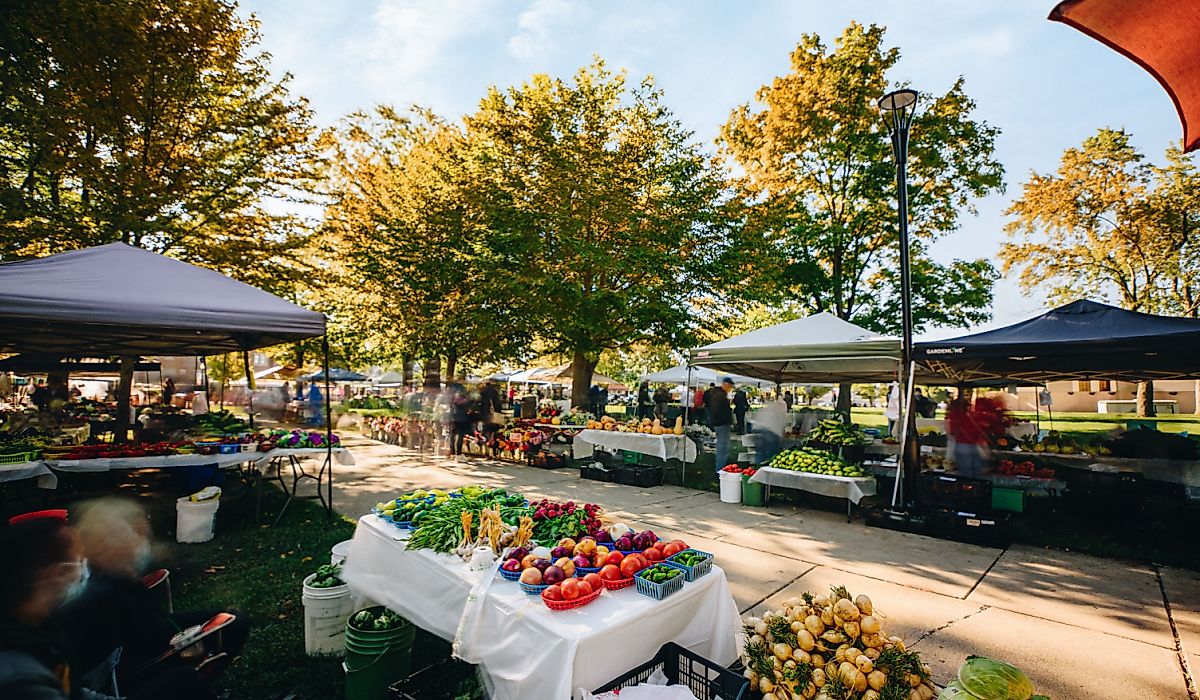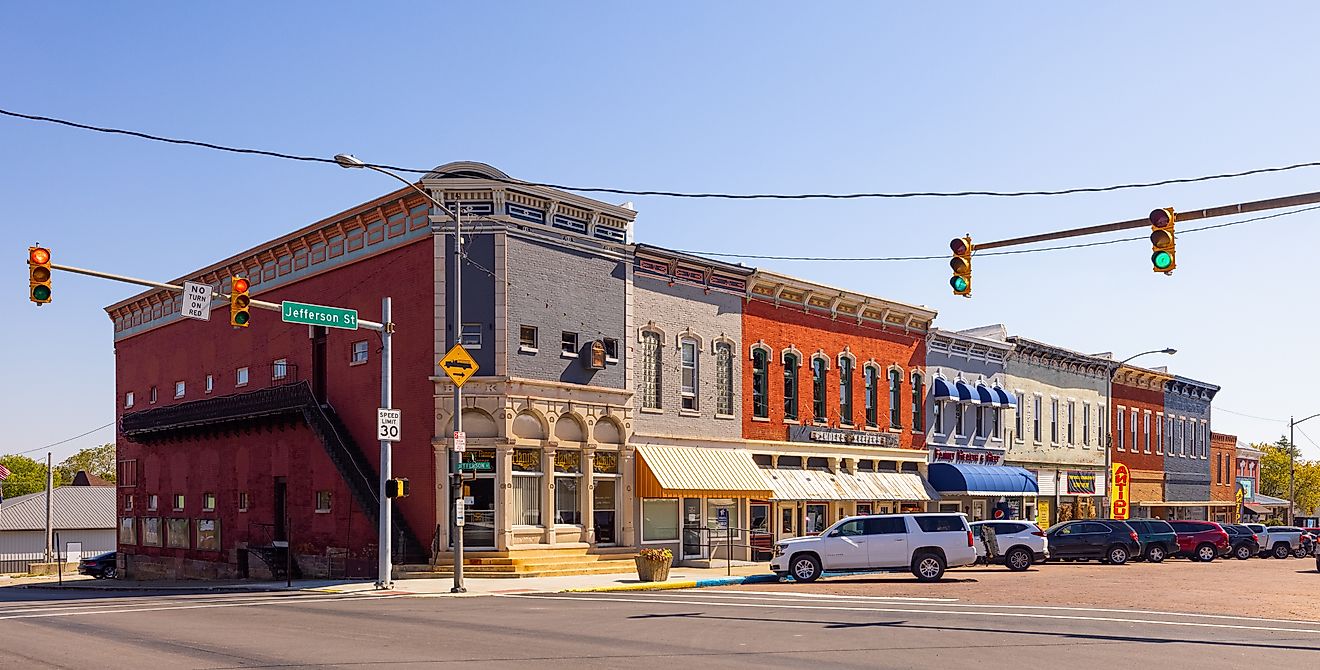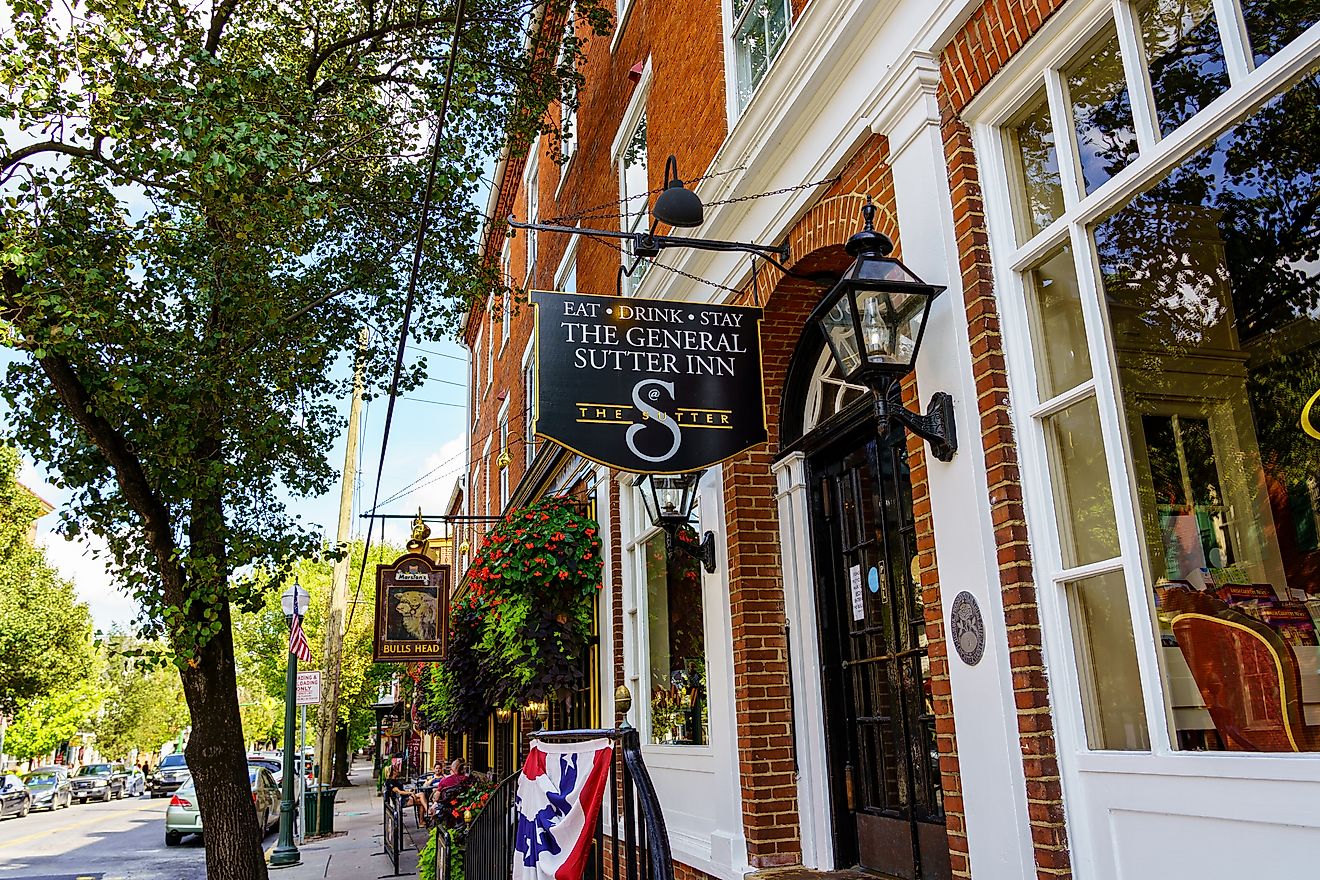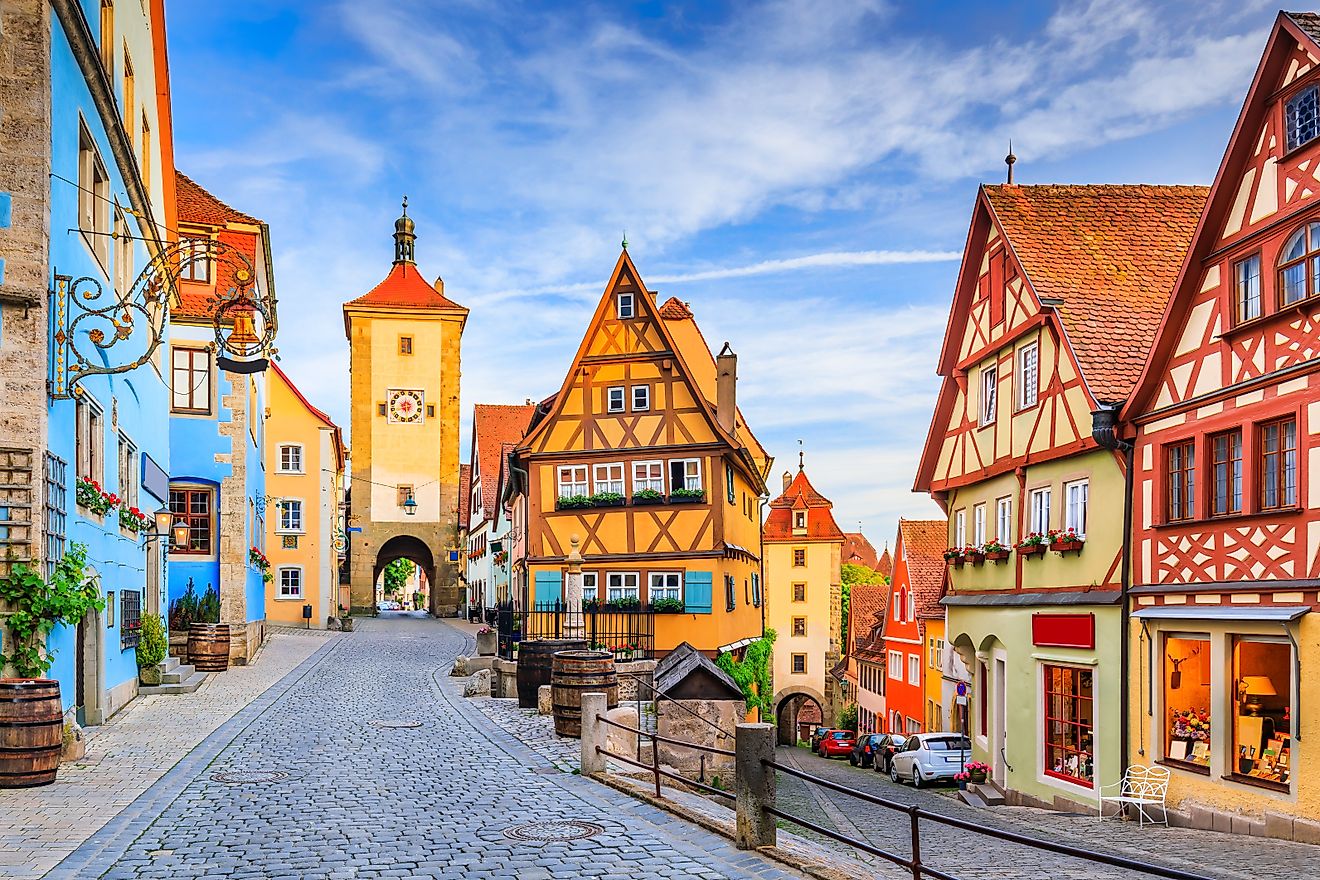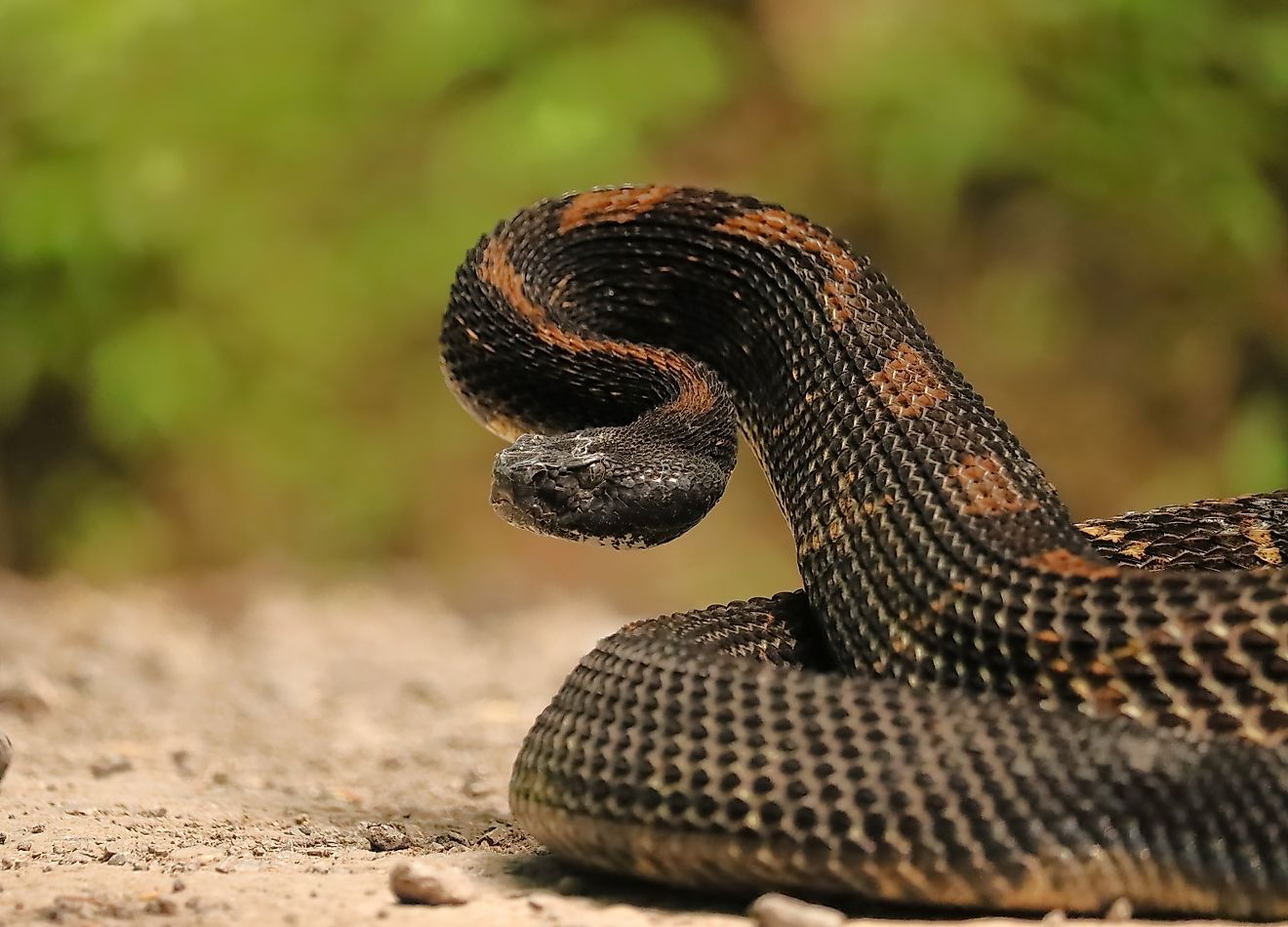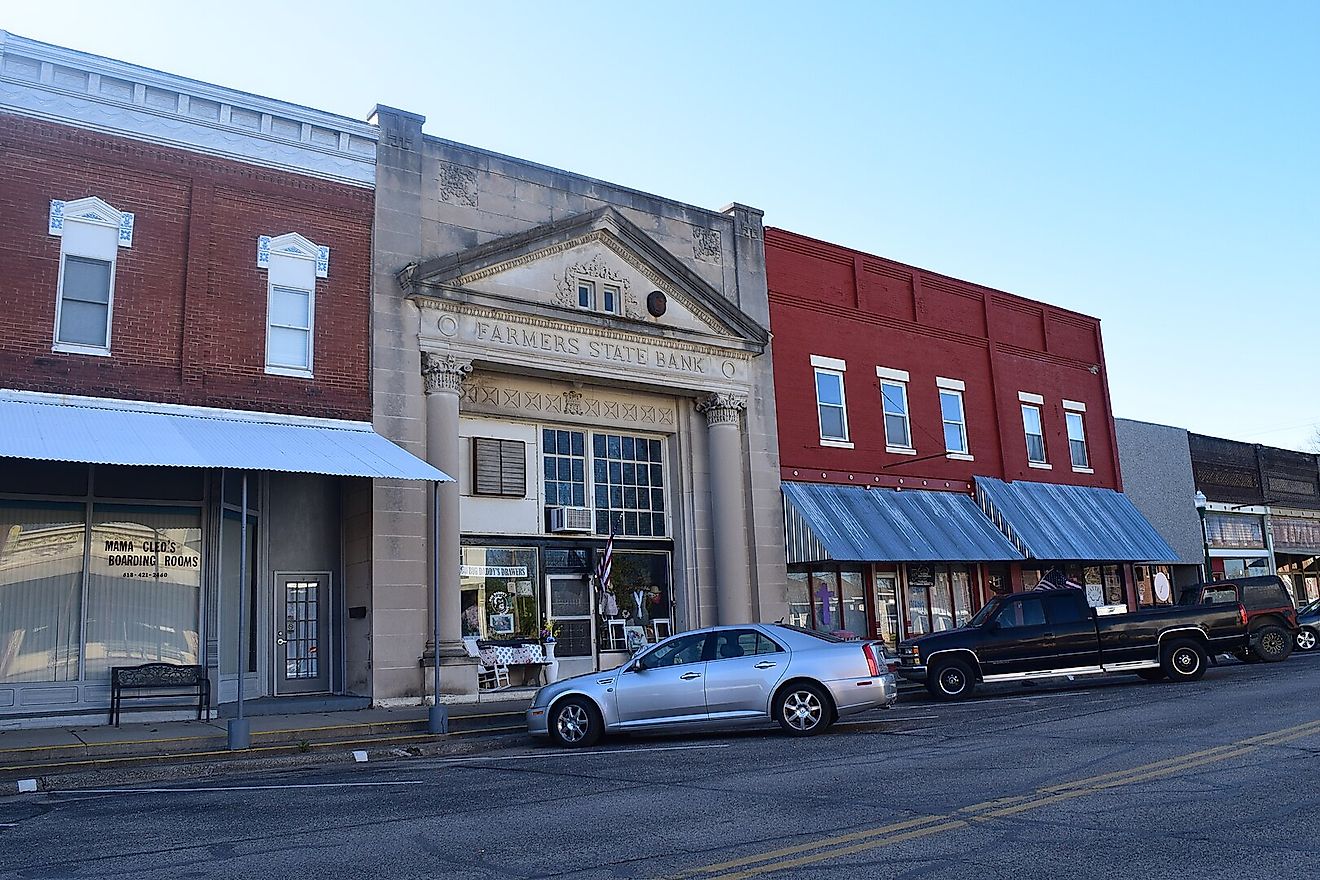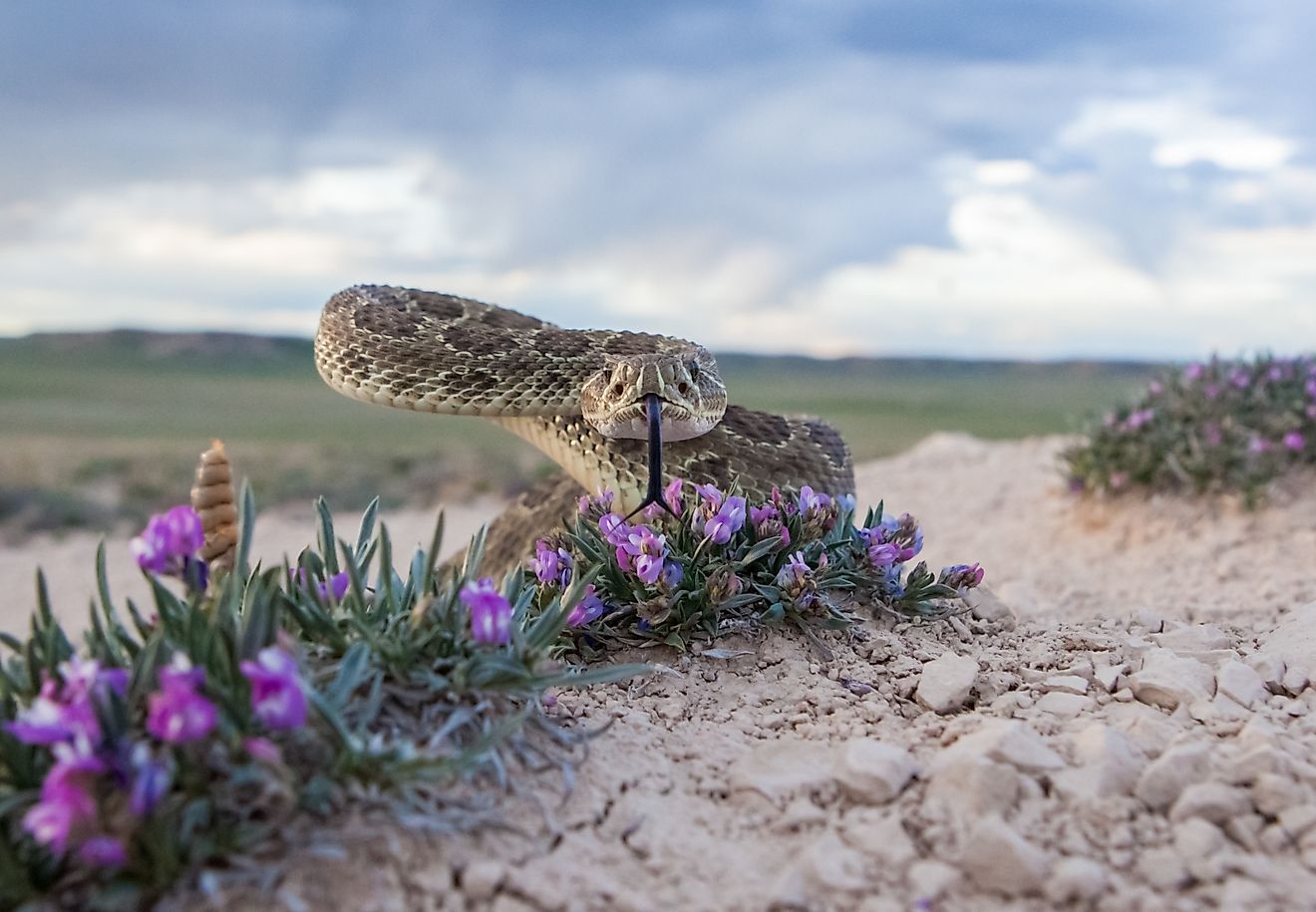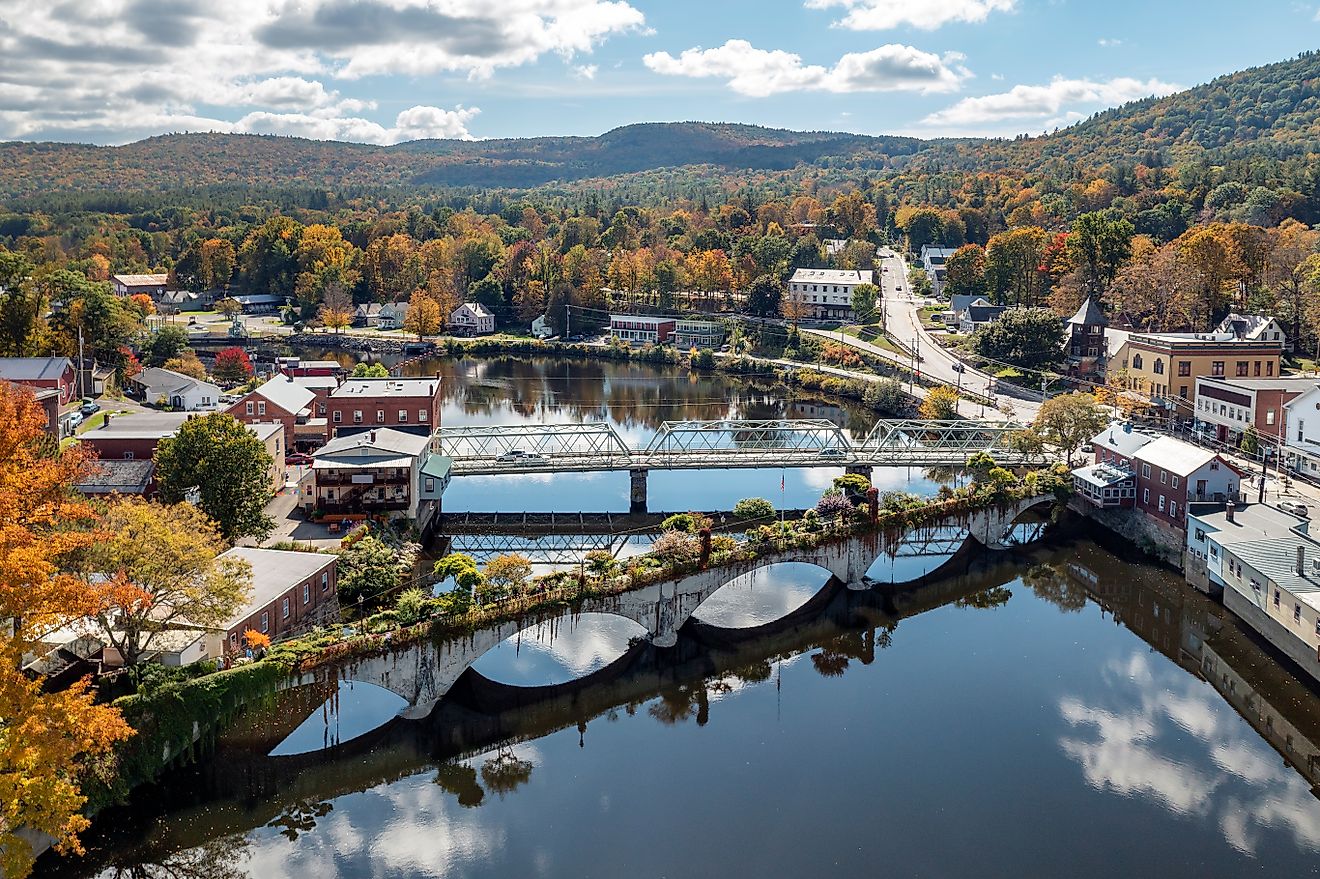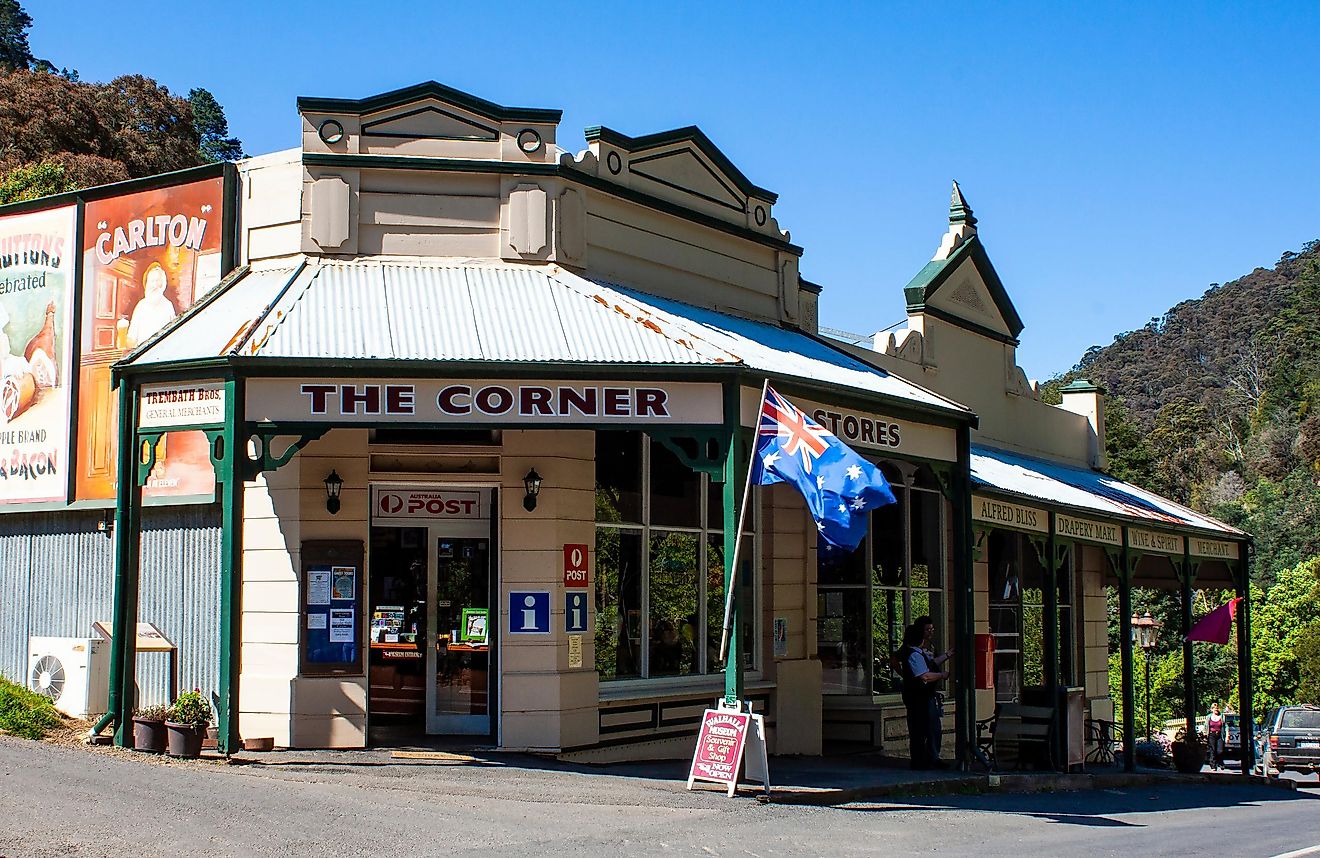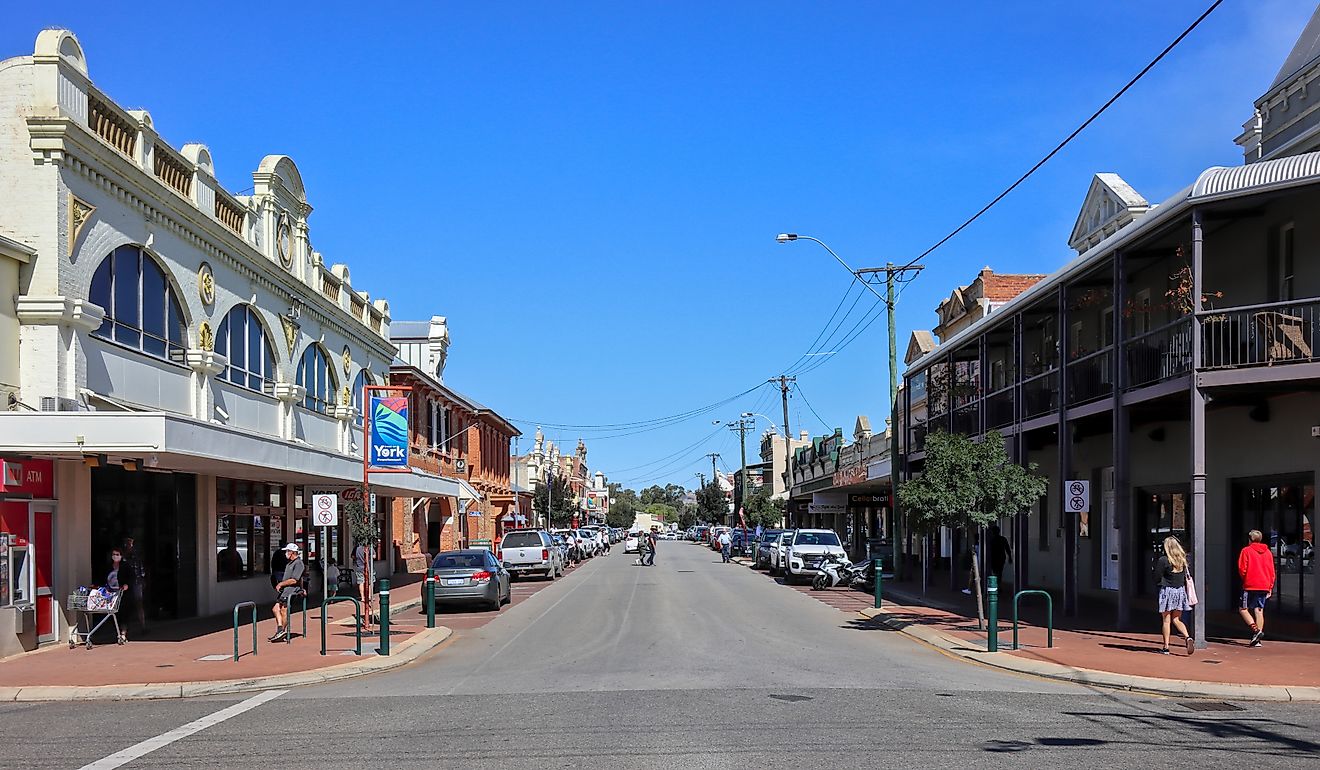Yoho National Park , Canada
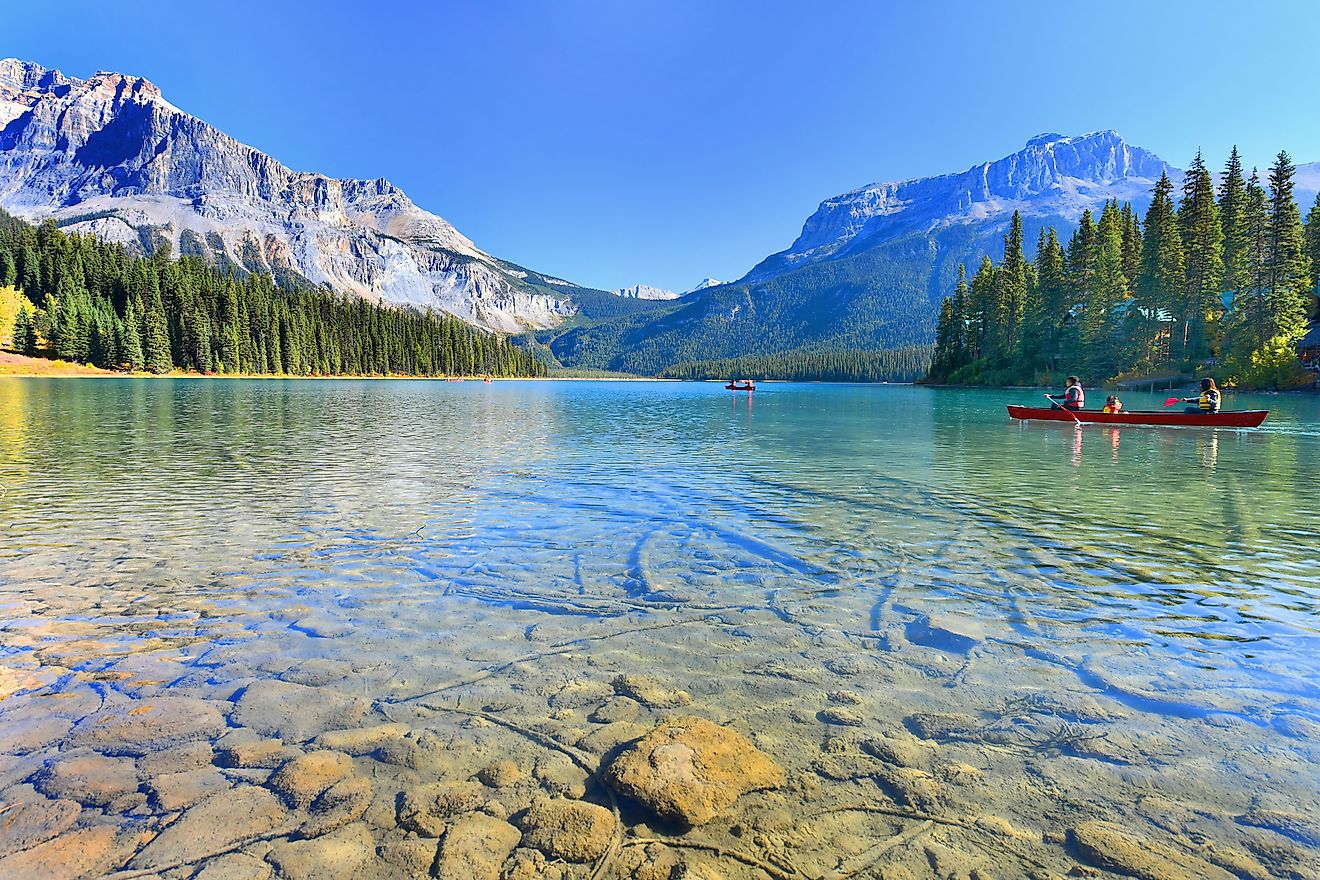
Yoho National Park is located in the Rocky Mountains of Canada, in the province of British Columbia. It lies on the western side of the mountain range and borders the Banff National Park of Alberta. It has a total area of 507 square miles, which includes montane landscapes, forests and alpine lakes. The park was originally established in 1886. The word ‘yoho’ is a Cree term used to describe something of awe and wonder. Yoho National Park is a stunning combination of mountain peaks, waterfalls, lakes and rivers that certainly inspire awe.
Contents:
History
The park was first established in 1886 by first prime minister of Canada John A. Macdonald. Upon the completion of the Transcontinental Railway, he and his wife travelled to the Rockies, and witnessed to grandeur there. When he returned home, he declared Yoho National Park, and Glacier National Park the second and third official national parks in Canada - Banff having already been established as the first.
Landscape
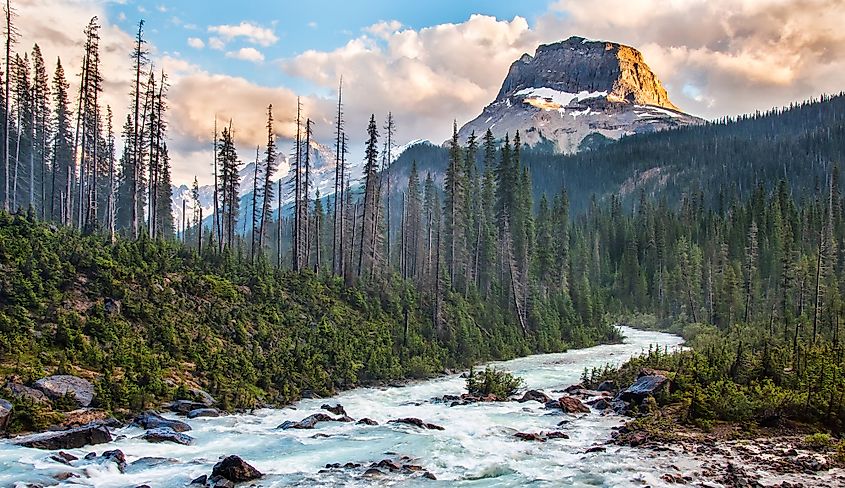
The Park is part of the Canadian Rockies and falls along the western side of the continental divide. As such, it gains much more precipitation than parks and mountain ranges to the East. High altitudes and colder winter temperatures mean snow is very common and can even be found in higher elevations throughout the warmer months. The park holds over 28 different mountain peaks, and has a maximum elevation of roughly 3,000 meters above sea level. The tallest of the peaks is Mount Goodsir, which measures roughly 3,567 meters or 11,700 feet.
The largest and most prominent river in the park is the Kicking Horse River, which stems from the Wapta and Waputik icefields. The path of the river has carved a natural bridge into the rocky banks and cliff, and has become a popular attraction for visitors.
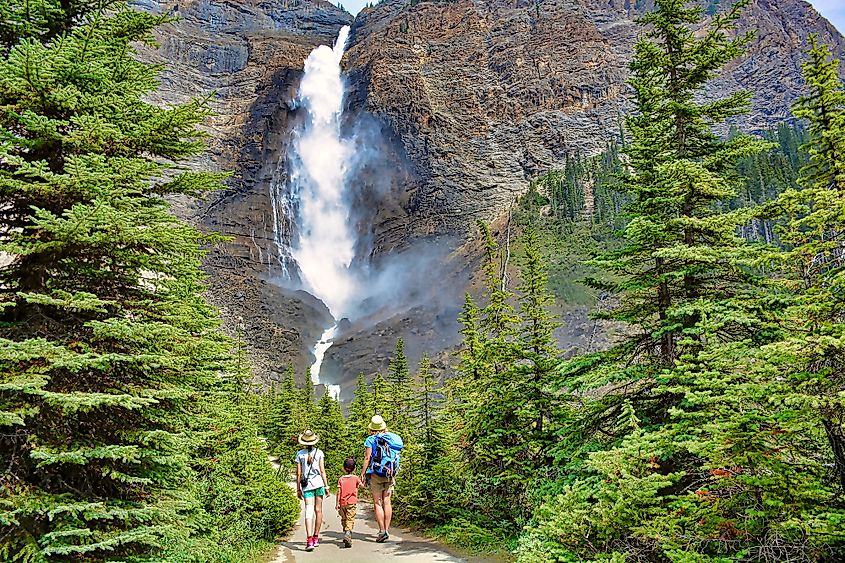
The many tall peaks, as well as the presence of rivers and glacier streams, means that many of the rocky ledges and cliffs have waterfalls. Kicking Horse River’s largest waterfall is Wapta Falls, which is approximately 30 meters, or 98 feet in height, and 150 meters or 490 feet wide. This impressive waterfall sees roughly 254 cubic meters of river water flow over its edge per second. The tallest waterfall in the park, though, is Takakkaw Falls, which has a height over 370 meters (1,224 feet). Takakkaw is actually the second tallest waterfall in Canada, second to Vancouver Island’s Della Falls.
Glacier and ice fields are not uncommon in Yoho, especially at height. In the upper ranges of the mountains, most of the precipitation and water sources are frozen, but as they descend, they create runoff and glacier streams that have formed some stunning lakes. There are more than 50 different lakes located within the park, the largest of which is Emerald Lake. Getting its name from its green hue, the lake takes colour from the inflow of glacier water from nearby streams and icefields. Lake O’hara is another popular lake in the park, sitting at an elevation of roughly 2,000 meters, which features stunning views and vistas, as well as a bright jew-blue color.
Shale Fields And Fossils
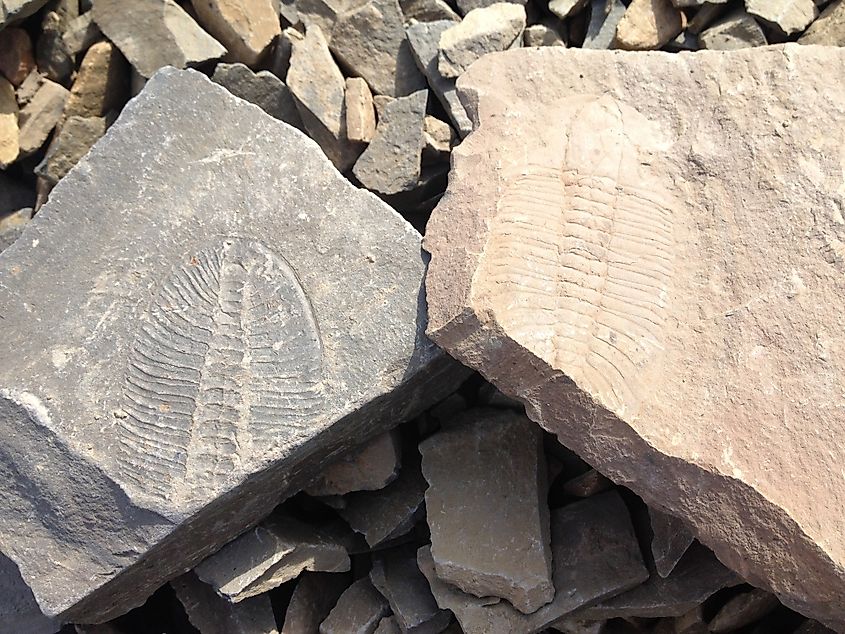
While the modern natural landscape of the park is impressive, Yoho National Park also holds a rich history. The rocky mountain range is primarily made up of sedimentary rock, a type of rock which is made as sediments build up over time under great pressure. While this type of rock is not uncommon, it is excellent for capturing or trapping pieces of history within the silt and sand layers. Yoho National Park contains Burgess Shale, which holds one of the richest areas of fossils anywhere in the world. Not only are these fossils some of the oldest on record, but in many cases they offer exceptional details of organs or tissues, not just the more readily found skeletal fossils. The importance of the Burgess Shale fossils led it to be declared a UNESCO World Heritage Site in 1984.
Wildlife
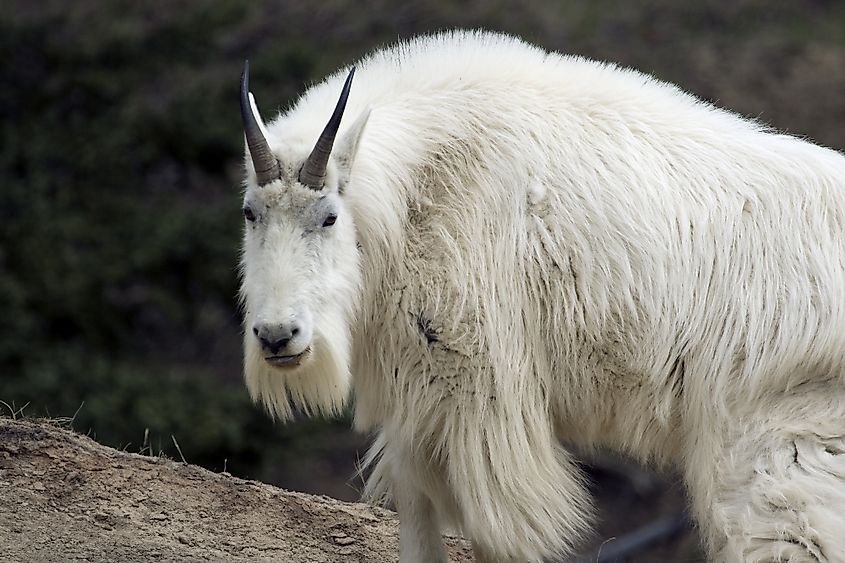
A large variety of animals live in the park, including 58 different mammals, 224 species of birds, 4 native types of fish, and 1 known reptile species. While the Rocky Mountains may seem like a harsh climate for wildlife, all ranges of the park offer homes to some of the most famous Canadian animals.
In the montane regions, expert climbers the mountain goats run wild. Similarly, cougars and lynx - the two largest wild cats in Canada - also live and hunt fairly solitary lives in and among the rocky landscape. Other larger predators include both the grizzly bear, and the smaller black bear.
Timber wolves and coyotes also roam freely through the forests and ravines, hunting animals such as elk, and mule deer. The mighty moose also lives in Yoho, and thrives in the cooler climate. There are 29 species of small mammals in Yoho.
Some of the smaller hunters include badgers, hoary marmots and the wolverine, while smaller herbivores include ground squirrels, pika, beavers and rabbits.
Birds range in all sizes from rufous hummingbird to swifts, woodpeckers, loons, owls, hawks, and candian geese. Three threatened species of birds are recognized in the park, which are the bank swallow, barn swallow, and the olive-sided flycatcher.
